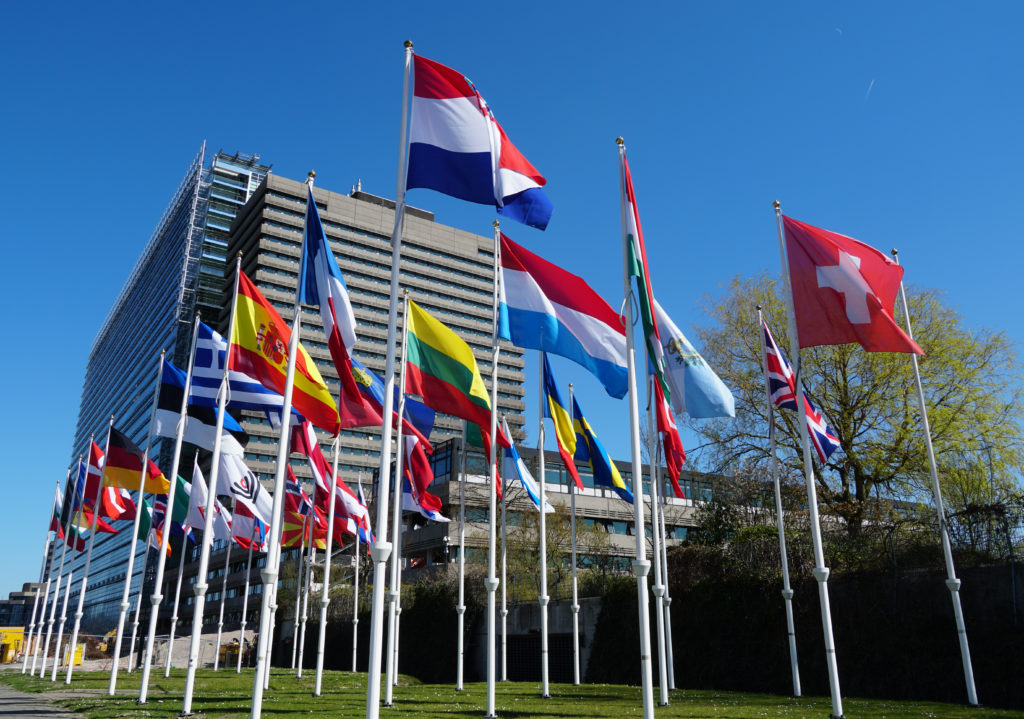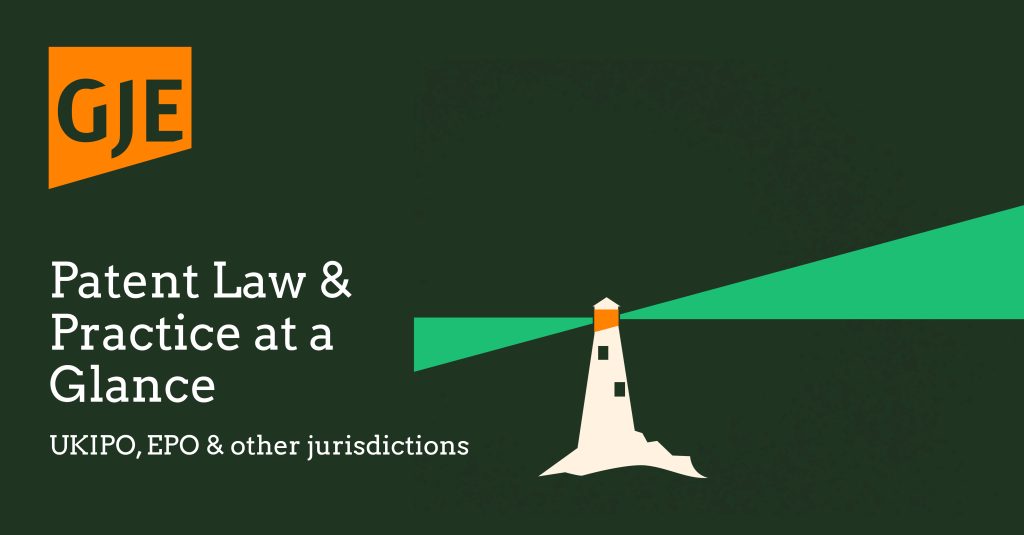Further guidance has come from the CJEU on the disclosure requirements in a patent of a medicinal drug for it to be awarded a Supplementary Protection Certificate (SPC), and the associated market exclusivity, in Europe.
Unlike the case for infringement, it is not enough for the medicinal drug, or “product”, merely to be covered by the patent. If not mentioned in the claims, the skilled person must be able to directly and unambiguously derive the product from the description. Individualisation of the drug is not required, so deriving it “directly and unambiguously” is a different standard to that applied to added matter at the EPO.
This Decision (C-650/17) seeks to dispense with the fundamental differences that exist between European States on the interpretation of this essential part of the SPC regulations, bringing some much needed harmony and clarity to the law.
Sitagliptin
Royalty Pharma Collection Trust is the owner of granted European patent EP 1 084 705 (‘705) that relates to a way of reducing blood glucose by inhibiting dipeptidylpeptidase IV (DP IV) in the treatment of type II diabetes. Sitagliptin is a potent small molecule inhibitor of DP IV and, importantly to the present case, was developed after the filing date of the ‘705 patent. As a result, sitagliptin was not specifically disclosed in the patent despite it being covered by the functionally defined language of the granted claims.
The German patent office considered the patent not to individually disclose sitagliptin, and that sitagliptin was therefore not “protected by the patent” in accordance with Article 3(a) of the SPC Regulations. This led to refusal of the SPC application, and Royalty Pharma’s appeal to the Bundespatentgericht, Germany’s Federal Patent Court. Royalty Pharma maintained that it is not necessary for sitagliptin to be explicitly mentioned in the patent for it to benefit from protection in accordance with Article 3(a).
Referral to the CJEU
Seeking clarity on this aspect of SPC law, the Bundespatentgericht took the case to the CJEU and asked, in relation to Article 3(a), whether
- a product needs to be specific disclosed in a patent; or
- it is enough that the product is within a general functionally defined class; and
- whether it matters if the product was developed only after the filing date of the patent and as the result of an independent innovation.
The Decision
The CJEU has consistently stressed the essential role of the claims of a patent in determining whether a product is protected by the patent. With reference to the extent of protection set out in the European Patent Convention (Article 69 EPC) and the related protocols on its interpretation, the CJEU held that it was not opposed to a product being protected by a functional definition in a claim if the claim is directed to the product in the light of the description. Essentially, if a product is not mentioned in the claims then to be protected by the patent in accordance with Article 3(a), one of the claims must “necessarily and specifically” relate to it.
For this to occur two cumulative requirements must be met. The first is that the product must be covered by the patent based upon the description and drawings. In the second, the skilled person must be able to identify the product taking into account the information in the patent and state-of-the-art, which should be assessed at priority or filing date of the patent. This is in line with the CJEU’s earlier Decision in Teva UK and Others (C-121/17).
Sitagliptin is within the functional definition of one of the claims, and therefore the first condition was met. However, the CJEU doubted whether sitagliptin, which was not disclosed in the patent, could be identified by the skilled person at the priority date of the patent. Not wanting to lead the Bundespatentgericht to a conclusion, the CJEU did not comment on the degree of specific disclosure that is required by Article 3(a). The only guidance provided being that it must based upon what the skilled person can “directly and unambiguously” derive from the patent specification in view of the common general knowledge.
In acknowledging that the compound had not been invented at the filing date of the patent, one would imagine that Royalty Pharma have an insurmountable mountain to climb in relation to the second requirement. The CJEU appears to indicate that a product that was developed after a patent was filed, and by an independent innovation, cannot be covered by the protection conferred by the patent. This essentially answers the Bundespatentgericht’s third question.
The Impact
This Decision underlines the importance of individualising potential medicinal drugs in patent applications if SPC protection is to be sought. As lead candidates are subject to change as research develops, current commercial assets may not be explicitly captured in initial patent filings.
We as European patent attorneys are in a prime position to evaluate whether your medicinal drug has adequate disclosure in a patent to be granted an SPC. Our IP Audit will support this assessment and offer strategic advice to maximise SPC protection. If you would like more information on obtaining an SPC for your commercial products, please contact Ian Jones

